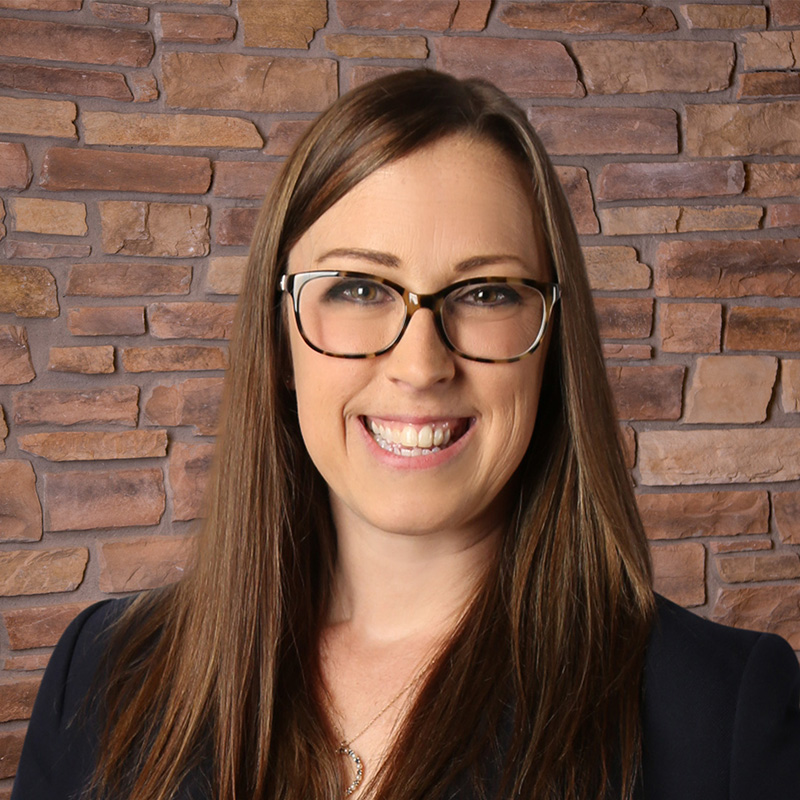If an SBA 7(a) loan does not comply with with the applicable SBA Standard Operating Procedures (“SOPs”) and SBA Authorization, and a loss results, the SBA can either deny a request for purchase of its guaranteed portion, or reduce the amount of its purchase by the amount of the loss (which is often referred to as a repair). However, careful precautions throughout the life of the SBA 7(a) loan can significantly decrease the chance of a denial or repair. From the moment the SBA Authorization is approved, lenders should keep in mind the following practice tips.
- Start Compiling the 10-Tab Prior to Closing. After a default, and once a lender has exhausted all collection efforts, the lender’s request that the SBA purchase its guaranteed portion of the debt must be in the form of a 10 Tab Purchase Package (“10-Tab”). The 10-Tab consists of, among other things, the SBA Authorization, proof of SBA eligibility, the Note, all other loan documents required by the SBA Authorization, and a credit memorandum, as well as environmental reports, a list of certain collateral, and appraisals, all as applicable. The exercise of compiling these documents prior to closing will help ensure that all requirements of the applicable SBA SOPs and SBA Authorization are being met, and reduces the risk of a repair or denial based on a defect related to the origination or closing of the loan. Then, during the administration of the loan, supplementing the 10-Tab with required information related to disbursements, use of proceeds, change of ownership information, site visit reports, or other required documents, further reduces the risk of any oversight in servicing the loan that could lead to a repair or denial. Also, by compiling the 10-Tab prior to default, chances are much higher that the lender will be able to retain the borrower’s cooperation in providing the necessary information.
- Do Not Let a Real Property Title Issue Jeopardize the SBA Guarantee. Failure to adequately address all real property title concerns prior to closing can result in a repair or denial by the SBA if an unresolved title issue results in a loss. With respect to any mortgage required by the SBA Authorization, it is important to work with the title company to address every potential title issue that could affect the marketability of title, or the value of the real property, in the future. Often times the title company will not remove an exception, or provide a title endorsement, until a certain corrective action is taken. In that case, it is most prudent to post-pone closing until the corrective action is completed. Alternatively, the lender should determine the approximate cost of repairing the title issue post-closing, as well as the loss that could result if a particular title issue cannot be cured post-closing, and require the anticipated amount of such loss to be held in escrow until the corrective action is completed. The SBA is less likely to deny the guarantee in the event of default if the lender has properly anticipated, and prepared for the possibility of, a loss caused by a title issue.
- Know the UCC Rules of Perfection and Priority. The SBA may base a repair or denial on a lender’s failure to obtain the required perfected priority security interest in certain collateral. Because security interests in different types of collateral are perfected in different ways, a lender should make certain that it has perfected using the proper method. Lenders should also be aware of the recent changes in rules affecting perfection and priority under the UCC. See “What to know about Filing UCC Financing Statements under the 2010 Amendments” and “Important UCC Alert!”.
- Never Settle with an Obligor Without Obtaining an Offer in Compromise. In an attempt to maximize collection efforts, a lender may decide to release an obligor in exchange for less than the full amount owing. This can only be done by obtaining prior approval from the SBA, after submission of the required Offer in Compromise and other documents demonstrating the appropriateness of such an action. Upon receipt of the submission, the SBA will determine whether the amount and terms of the Offer in Compromise are acceptable, given the financial condition of the obligor. Once approved, the lender must follow SBA guidelines in documenting and collecting the settlement.
- Adequately Document Every Loan Action That Does Not Require SBA Approval. The Servicing and Liquidation Matrix for SBA 7(a) loans sets forth the liquidation-related actions that lenders are allowed to take without SBA approval (with or without notice to the SBA), as well as those actions that require approval. In either case, lenders should always document the justification for liquidation-related actions, making sure to retain supporting documentation pursuant to the applicable SBA guidelines specific to the particular action. The Servicing and Liquidation Matrix in effect at the time of the action governs whether SBA approval is required. Thus, in order to properly document the justification for taking a certain action without SBA approval, a lender should keep a copy of the Servicing and Liquidation Matrix it relied upon in taking such action in the loan file.
- Know the SBA SOPs. Lenders must ensure that the loan is underwritten, approved, documented, closed, administered, and liquidated, all in accordance with the applicable SBA Authorization and SBA SOPs. Among other things, this requires that lenders be aware of the periodic changes in the SBA SOPs, including the upcoming 50 10 5(F), which goes into effect on January 1, 2014, and can be found here.
By implementing the above practices, lenders who make loans under the SBA 7(a) program can significantly reduce the risk of a repair or a denial from the SBA in the event of a loss.

 Courtney T. Arena
Courtney T. Arena Austyn K. Boothe
Austyn K. Boothe Shay Bratland
Shay Bratland Thomas S. Bush
Thomas S. Bush Lindsay W. Cremona
Lindsay W. Cremona Troy J. Eickhoff
Troy J. Eickhoff Garth G. Gavenda
Garth G. Gavenda Nick C. Jellum
Nick C. Jellum James T. Keig
James T. Keig John W. Kuehl
John W. Kuehl